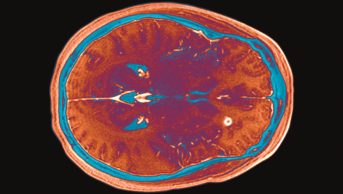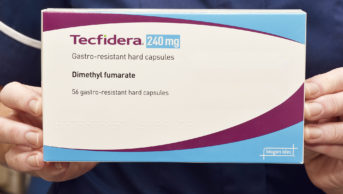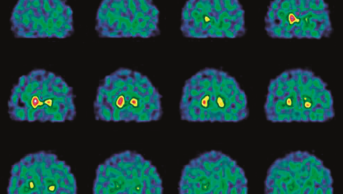
Shutterstock
Orthostatic hypotension (OH) is a fall in blood pressure occurring within three minutes after standing and commonly causes dizziness. In delayed orthostatic hypotension (DOH), the blood pressure fall occurs after more than three minutes.
Researchers at Harvard Medical School, Boston, Massachusetts, hypothesised that DOH would develop into OH over time and have similar complications. They tested this by retrospectively following 48 patients with DOH, 42 patients with OH and 75 patients with neither condition for ten years.
The researchers reported in Neurology (2015;85:1−6)[1]
that 54% of DOH patients developed OH, which was associated with the development of neurodegenerative diseases and a 50% mortality rate over ten years. An accompanying editorial (2015;85:1–2)[2]
suggests that patients should be screened for OH for longer than three minutes after standing so that there can be early recognition and intervention to prevent falls and their complications.
References
[1] Gibbons CH & Freeman R. Clinical implications of delayed orthostatic hypotension. Neurology 2015;85:1−6. doi:10.1212/WNL.0000000000002030
[2] Kaufmann H & Jacob G. Early and delayed orthostatic hypotension: time tells. Neurology 2015;85:1-2. doi:10.1212/WNL.0000000000002031


